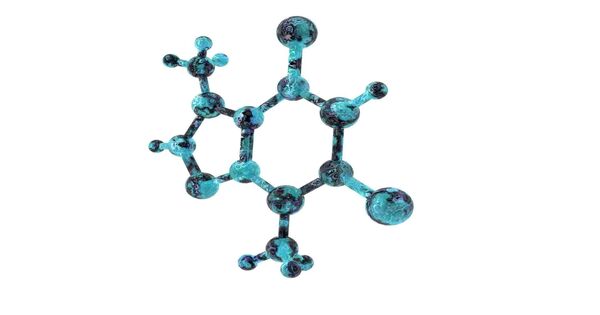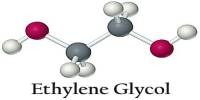Boron phosphide (BP), often known as boron monophosphide to distinguish it from boron subphosphide (B12P2), is a boron and phosphorus chemical combination. It is classified as a semiconductor. It is chemically stable and resistant to oxidation at elevated temperatures, making it ideal for usage in severe situations. It is transparent to infrared light, making it ideal for infrared optics and detectors.
Boron phosphide is a wide-bandgap semiconductor with potential uses in high-power electronics and optoelectronics. It has strong thermal conductivity, which is useful for managing heat in electronic devices. BP is highly hard and has a high melting point, making it suitable in applications that require both hardness and heat resistance, such as protective coatings or abrasives.
Properties
- Chemical formula: BP
- Molar mass: 41.7855 g/mol
- Appearance: maroon powder
- Density: 2.90 g/cm3
- Melting point: 1,100 °C (2,010 °F; 1,370 K) (decomposes)
- Band gap: 2.1 eV (indirect, 300 K)
- Thermal conductivity: 4.6 W/(cm·K) (300 K)
History
Crystals of boron phosphide were synthesized by Henri Moissan as early as 1891.
Appearance
Pure BP is almost transparent, n-type crystals are orange-red whereas p-type ones are dark red.
Chemical properties
BP is not attacked by acids or boiling aqueous alkali water solutions. It is only attacked by molten alkalis.
Applications
- Semiconductors: Due to its wide-bandgap nature, BP could be used in high-voltage, high-frequency electronic devices.
- Protective Coatings: Its hardness and chemical stability make it suitable for coatings that protect materials from wear and corrosion.
- Optics: BP’s transparency to infrared light makes it useful in infrared windows and lenses.
- Abrasives: Its hardness makes it suitable for abrasive applications.
















